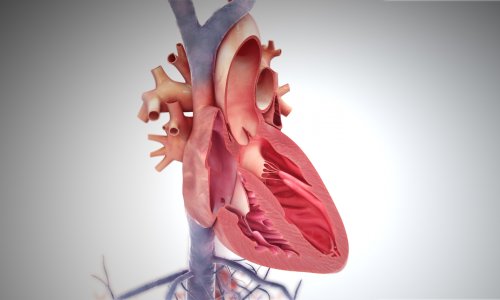ECG analysis detects 40% more atrial fibrillation patients
Stroke publishes University Hospital Heidelberg study results
More than 30 hospital stroke units in Germany, France and Austria are now successfully using SRAclinic* (SRA = Stroke Risk Analysis), a fully automated ECG analysis to detect atrial fibrillation, according to its manufacturer apoplex medical technologies GmbH, Pirmasens, Germany. Stroke, the American Heart Association journal, has published clinical trial results that ‘proves a clear superiority of SRAclinic to the current standard procedures for the detection of paroxysmal atrial fibrillation,’ the company reports.
Led by Professor Roland Veltkamp MD between March 2010 and January 2011, the prospective study involved about 500 patients at the stroke unit of University Hospital Heidelberg, and compared the two presently applied standard procedures in stroke units – 24-hour long-term ECG and patient monitoring with SRAclinic, to identify patients with previously unknown paroxysmal atrial fibrillation. Patients with ischemic stroke or TIA were included in the study.
During their stay at the stroke unit, in 41 from 496 patients paroxysmal atrial fibrillation was detected for the first time. 14 (34.1%) patients were found with 24 ECG recordings, 27 (65.9%) with the continuous bedside electrographic monitoring and 38 (92.7%) were identified with SRAclinic. Conclusion: SRAclinic can increase the detection rate for paroxysmal atrial fibrillation more than twofold compared to the widely used 24-hour long-term ECG recording. ‘SRAclinic has clearly proven it´s superiority over the elaborate methods used in our stroke unit to detect atrial fibrillation’, Prof. Veltkamp confirms. ‘After the study results analysis at our stroke unit, we changed the routine diagnosis to detect paroxysmal atrial fibrillation completely to SRAclinic.’ It is well on the way to become the standard procedure for the detection of paroxysmal atrial fibrillation in stroke units.
‘In about 25% of all strokes in Germany the origin of the stroke cannot be identified. A substantial part of these is assumed to be caused by undetected paroxysmal atrial fibrillation, which increases the risk for secondary strokes with worse consequences for the patients,’ says Albert Hirtz, Managing Director of apoplex medical technologies GmbH.
*Paper can be accessed on Stroke internet page after registration.
http://stroke.ahajournals.org/content/early/2012/08/07/STROKEAHA.112.654954.abstract?sid=53a0663e-7a28-4fb7-b841-cb9dab80d5e0
02.11.2012











